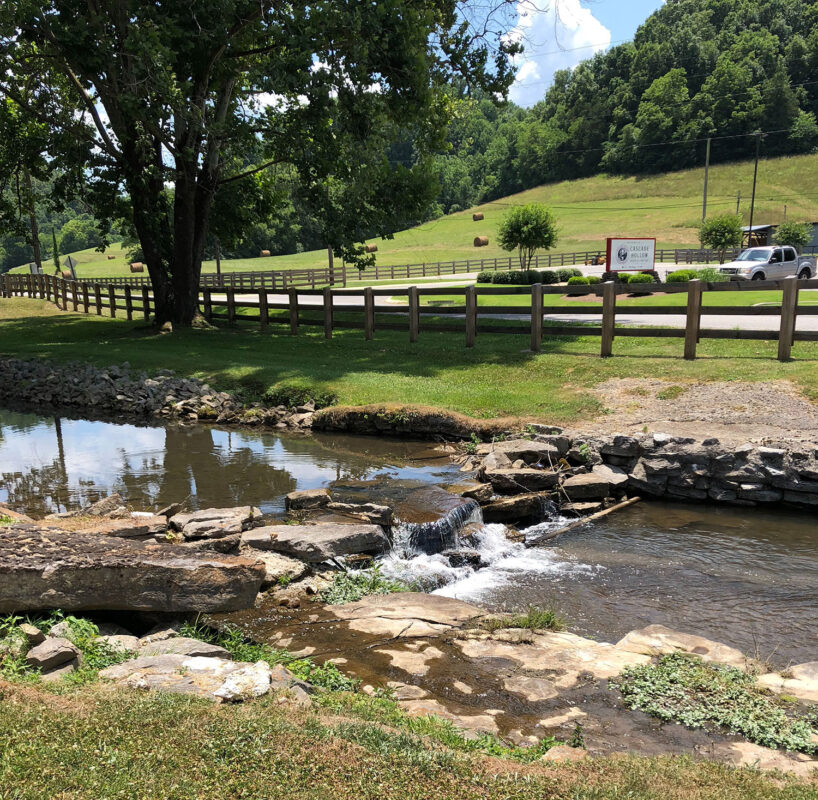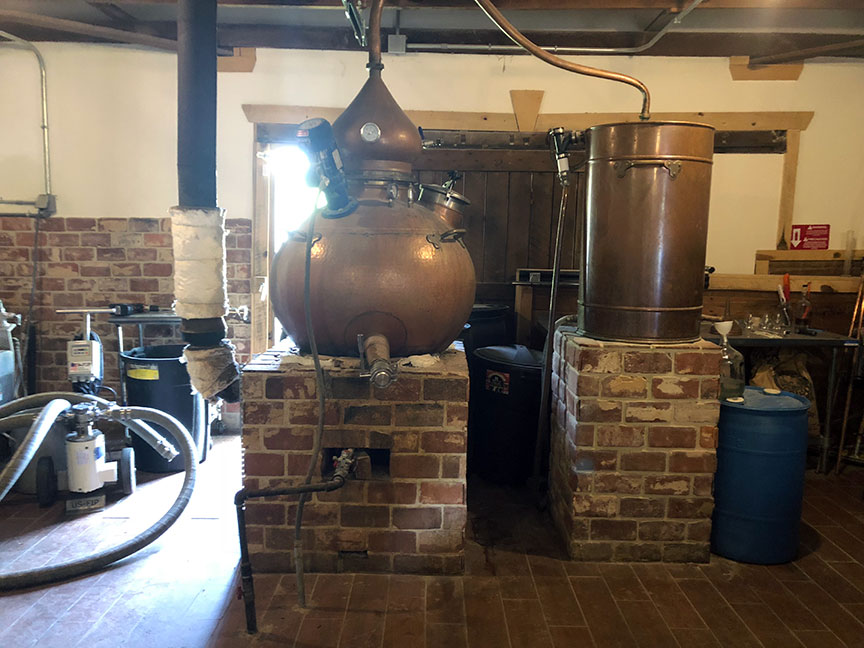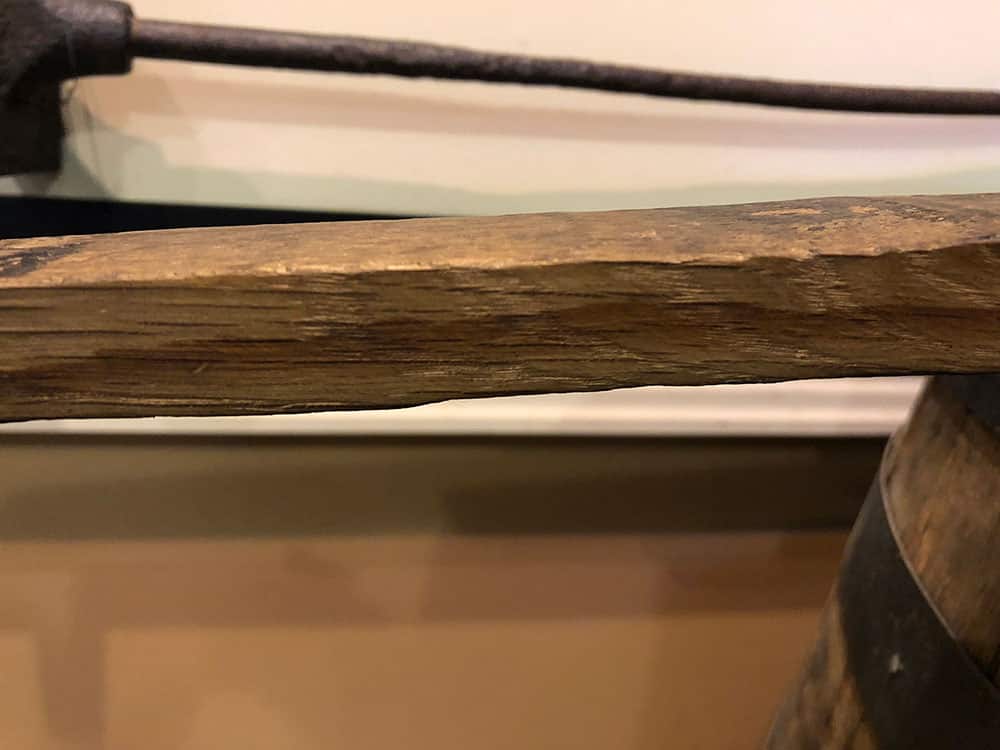By Liz Pirnat
By now, you’ve surely become acquainted with Tennessee whiskey. If you haven’t had Jack Daniel’s, or don’t know of someone who drinks it religiously, you’re in the minority. So, whether the high-octane brown spirit that hails from our American center is an old favorite friend, or is new to you, this article will help explain just what makes Tennessee Whiskey unique.
So, we begin by asking what is Tennessee Whiskey, and what makes it different from Whisk(e)y or Bourbon?
According to the Wine and Spirit Education Trust (WSET), Whisky (or whiskey) is a spirit made with grains.
Bourbon requires the grain is at least 51% of corn and must be aged in charred new oak barrels. Bourbon can come from any state in the U.S.
Tennessee Whiskey, however, requires the spirit to be passed through a charcoal sugar maple filter before going into a new charred oak barrel. It is also called the “Lincoln County Process,” so-named for the county in which it was invented.
You with me so far? Take note: all Tennessee Whiskey is technically classified as bourbon since it is produced from grains that are at least 51% corn—but not all bourbon is Tennessee Whiskey.
Here’s why: Per NAFTA, Tennessee Whiskey is any whiskey made in the state of Tennessee. The TTB actually doesn’t have a definition of Tennessee Whiskey beyond it being a distilled product of the USA. But a 2013 Tennessee state law states that for a bourbon to be called “Tennessee Whiskey” it must pass through a sugar maple charcoal filter, with two years aging on charred new oak barrels. There’s is one exception: Prichard’s Distillery, which does not have to do the sugar maple charcoal filtering.
Tennessee Whiskey From Grain to Bottle.
Each producer uses their own blend of grains to create their mash. While at least 51% of the grain must be corn, most are closer to 70%. The rest of the blend varies between rye, malted barley, and corn. Much like wine, the length of the fermentation of the mash also varies from a day to a week. Every producer uses their own yeast.
Of the many distilleries I visited on a recent trip, here are some highlights and images of the beautiful stills:

Distilleries in Tennessee use local water as a primary source ingredient. Tennessee has limestone-based riverbeds, which adds additional minerals to the water. At Jack Daniels and George Dickel, the water source rivers are right next to the distilleries.



I discovered that Jack Daniel’s uses a column still, George Dickel does column and pot distillation, and Nelson Green Brier has a pot/column hybrid still, while H Clark uses a traditional brandy pot still. Those doing pot distillation vary in sizes from 500 gallons to 100 gallons at H Clark.
The charcoal sugar maple filtration process can also vary between producers. They all drip the whiskey through the charcoal, but the biggest difference is just how much charcoal the whiskey passes through. This can vary from four feet of charcoal up to 13 feet of charcoal! The time that it takes to pass through this filter also varies from a day to as many as 10 days.
What the charcoal filtration process does is remove fatty acids and fusel oils from the distilled spirit and smooths out the flavor. It does not add flavors.

After filtration, the bourbon is put into new charred oak barrels and transferred to a barrel storage facility. Jack Daniel’s owns 89 barrel houses, while smaller producers like H Clark move them to the attic. The barrel houses experience the natural weather fluctuations and are not temperature controlled. The heat of the summer and cool of the winter help the whiskey/bourbon develop its finished character.

The devil’s cut is the percent of bourbon the barrel absorbs. About 5 percent of what is put in the barrel is lost to the devil’s cut. The “angel’s share” is the percent that is evaporated into the air; roughly 2-5 percent is lost per year by evaporation. For a typical bourbon that spends four years again, it is expected to lose at least 20 percent to the angel’s share and the devil’s cut. Just take a whiff of the air next time you enter a barrel house in Tennessee. Then, you’ll understand just how real that evaporation factor becomes in the process.
During barrel aging, the spirit develops its color, gaining complex aromas and flavors. The length of time spent in barrel is at least two years. Most producers will age their whiskey/bourbon for 4 to 7 years on average. Each producer decides based on color, taste, and aroma when the product is finished. Interesting to note is that depending on where exactly a barrel is stored can impact how long the barrel needs to age—barrels on the top floor of the barrel house will be ready sooner than barrels on the bottom floor.
Barrel Select Whiskey
While you can easily walk into most liquor stores and pick up a bottle of Jack Daniel’s or George Dickel, at higher-end liquor stores you can find “barrel select” options, which are longer aged whiskeys. At most distilleries, you can find bottles with impeccably longer aging periods, such as 17 years for George Dickel, or even unique single barrel, and barrel strength options at Jack Daniel’s.
Really a whiskey fan? You can purchase an entire barrel and they will bottle it just for you.
What makes these barrel select, longer aging, or even single-barrel spirits so interesting? They have more complex aromas and flavors, a variety of alcohol levels, and different finishing of the barrels—all the more reason to explore the distillery and ask about these unique bottlings and options.
The explosion of Craft Distilleries
Until 2009, there were just three Tennessee Whiskey producers: Jack Daniel’s, George Dickel, and Prichard’s. But in 2009, a change in legislation lowered the barriers to entry for new distillers and allows counties that are permitted to sell alcohol, or serving alcohol, to distill. Since that time, there has been an explosion of craft distilleries—as of this writing there are 37 distilleries, with 3 more set to open in the coming year.
While I greatly enjoyed my visit to Jack Daniel, George Dickel, and Prichard, I also visited H Clark, Leiper’s Fork, Nelson Green Brier, and Corsair Distilleries. These small craft distilleries are making fantastic spirits—distlers are even experimenting with Quinoa in whiskey production, as I learned at Corsair.
Every distillery pays great respect to the history of distilling in Tennessee, the impact of prohibition, and their company history, no matter how short or long that history may be. As an example, Nelson Green Brier found the original family recipe from before prohibition.
More Than Tennessee Whiskey and Bourbon
One additional interesting find was how so many of the distilleries are making additional products beyond just Tennessee Whiskey and Bourbon.
Prichard got their start with rum, and have continued on with rum and a wide variety of other additional products from Moonshine and Sweet Lucy, a liqueur. H Clark makes a fantastic Gin. Nelson Green Brier has a variety of different products included a coffee, chocolate, and pecan liqueur called Louisa.














